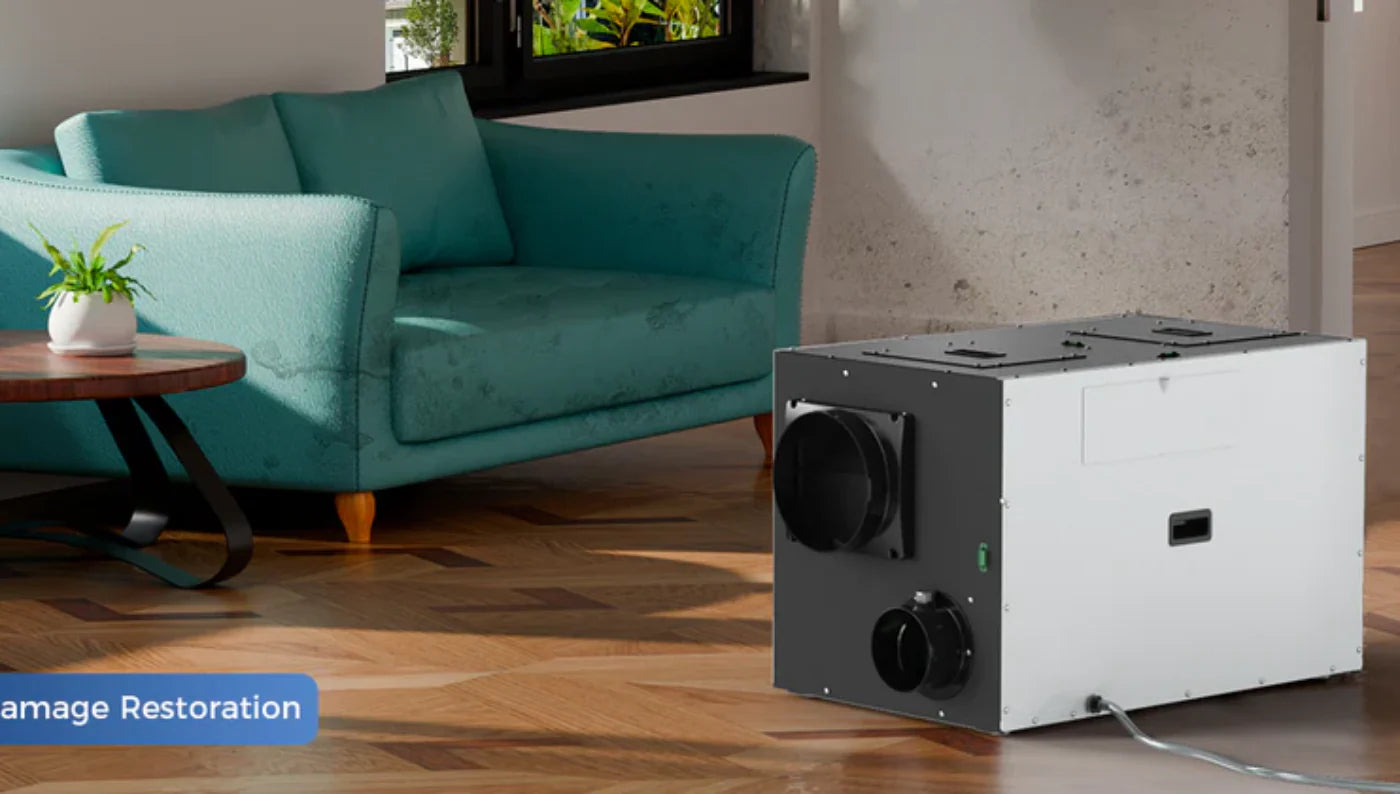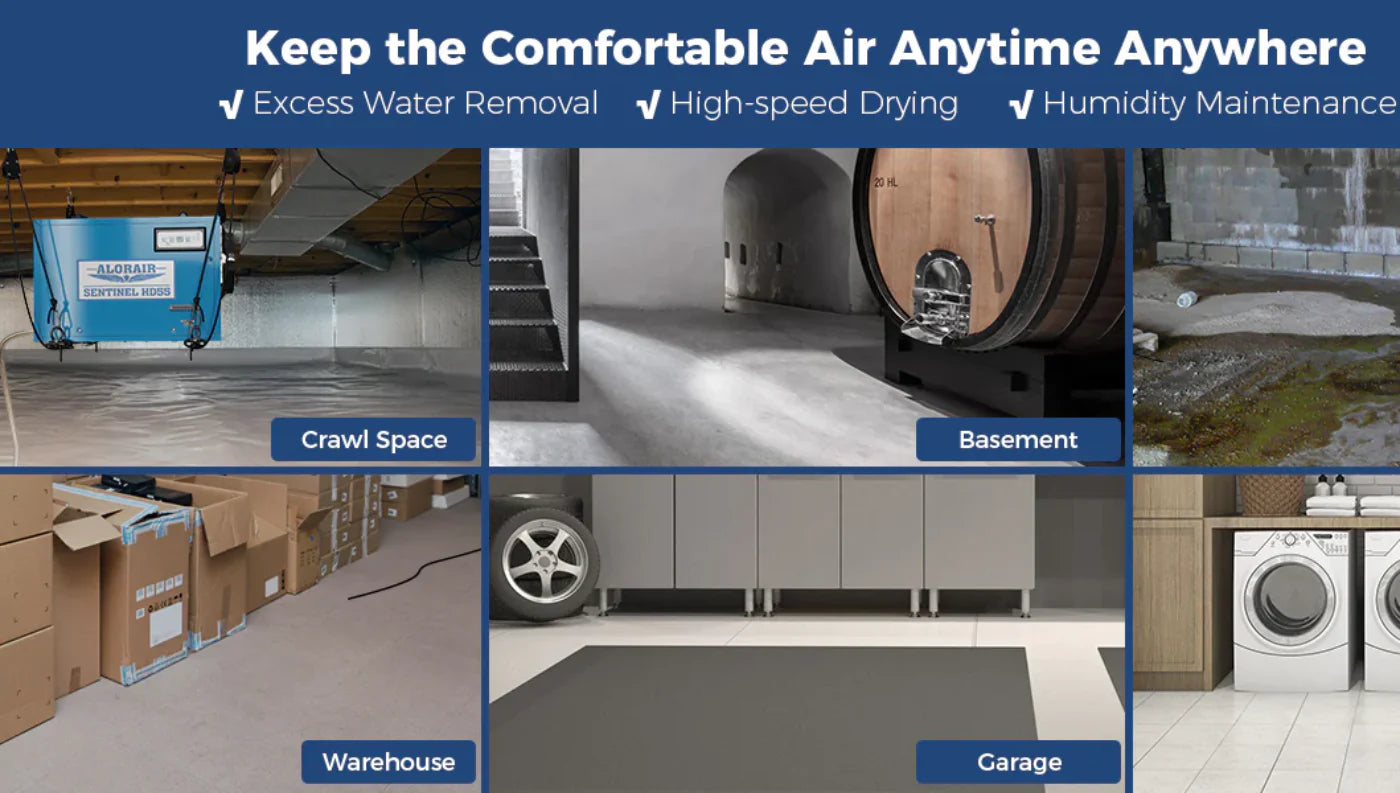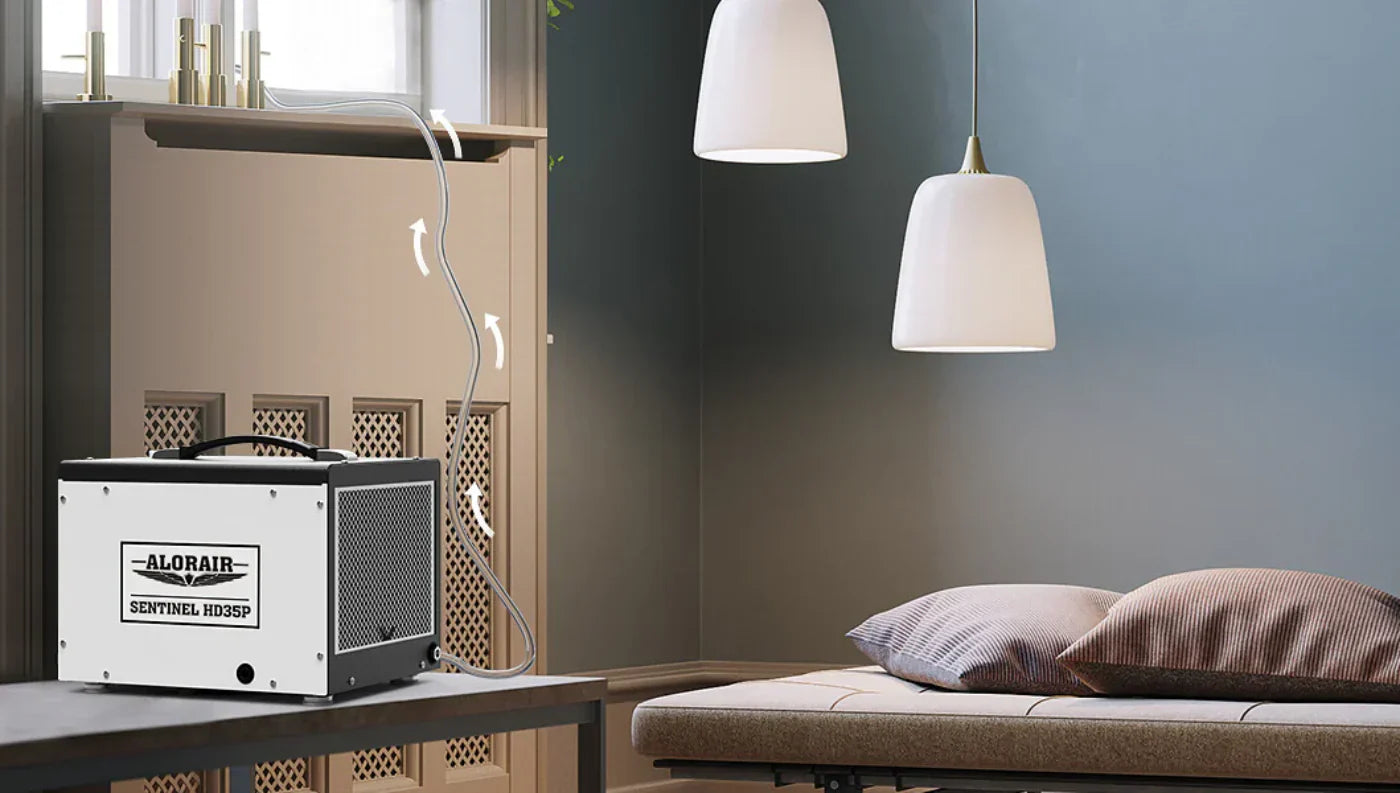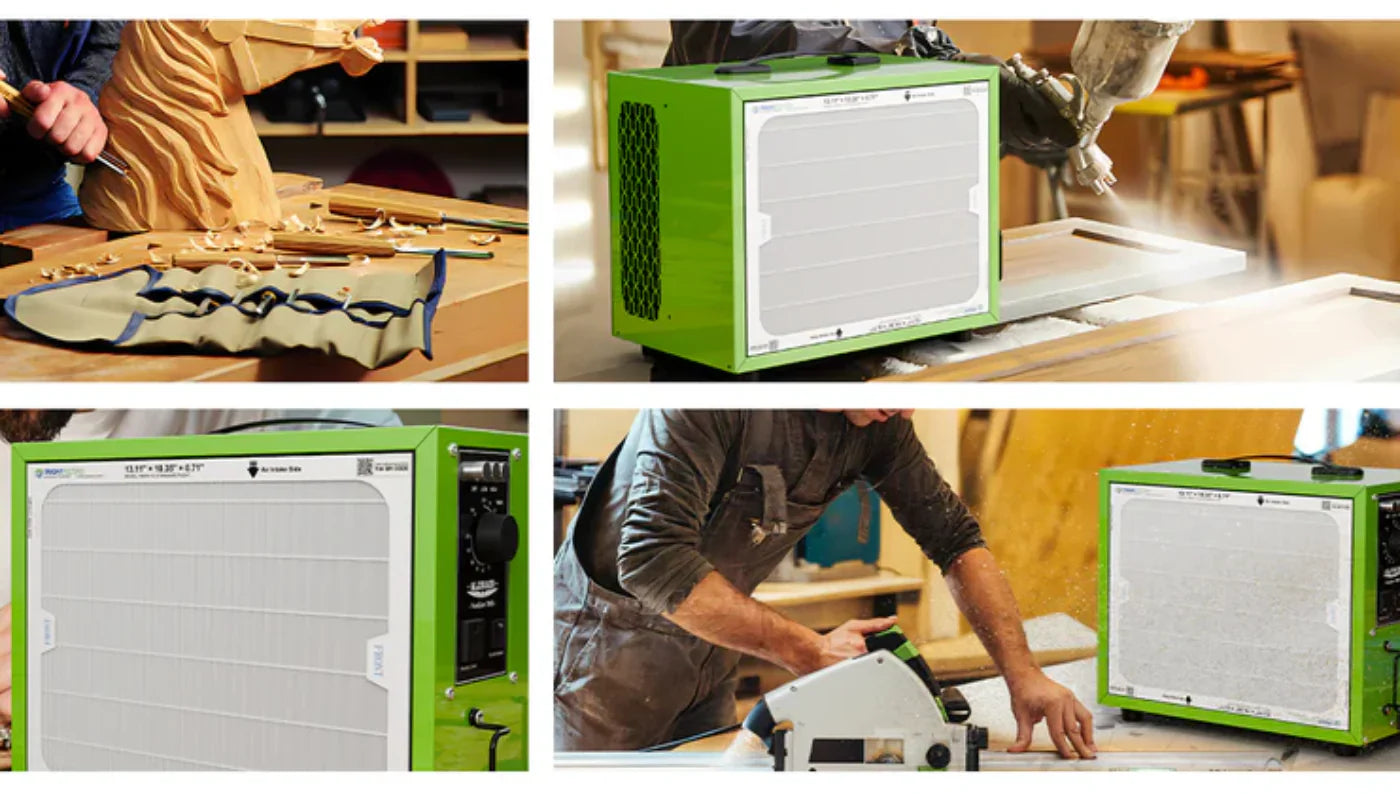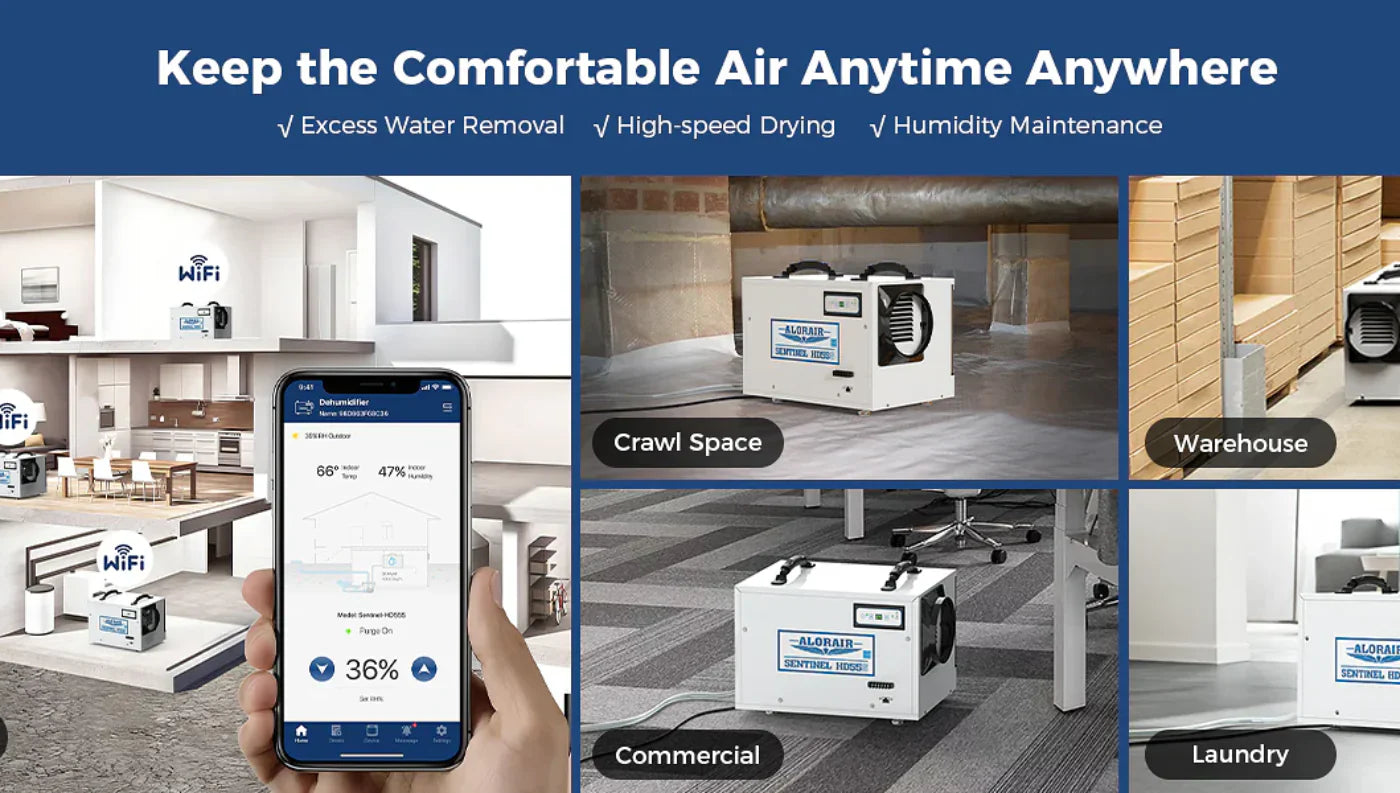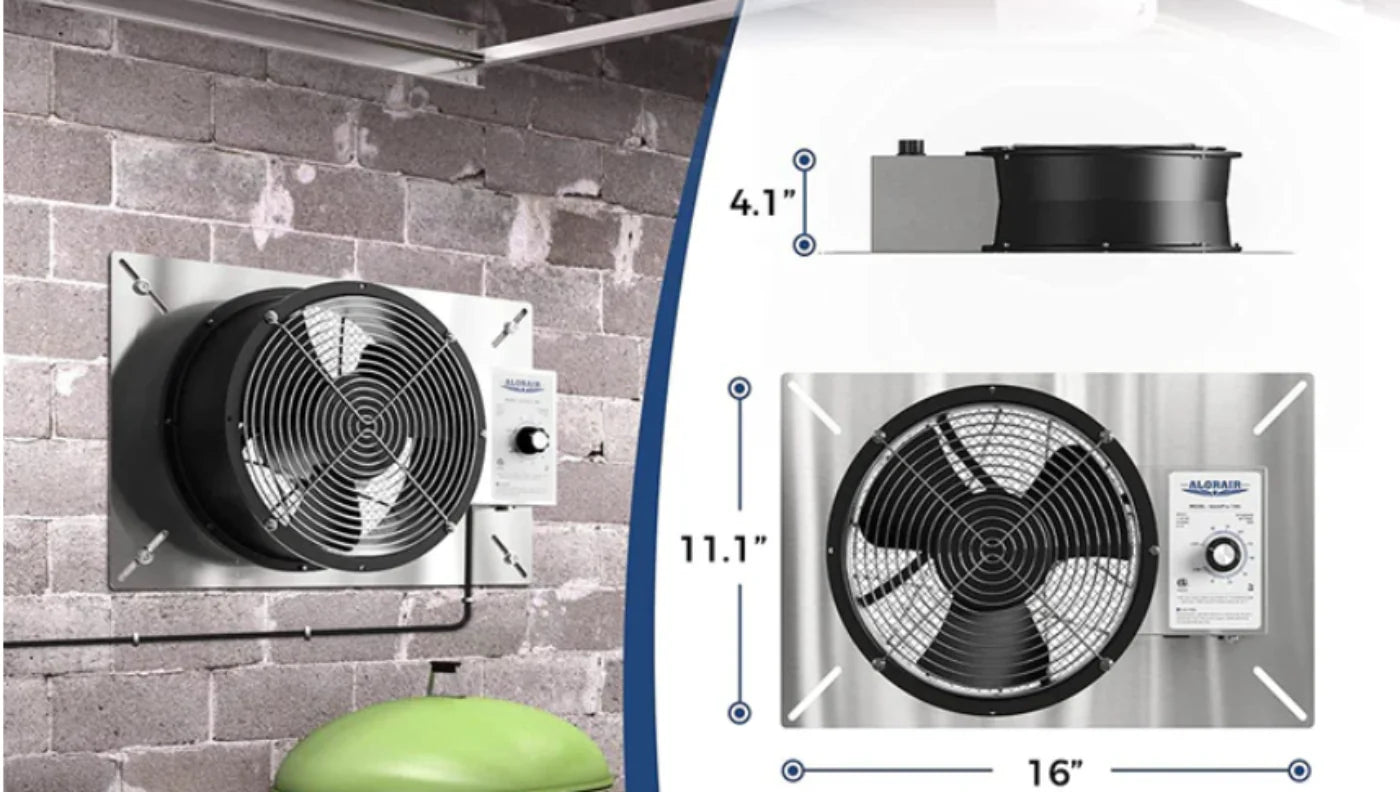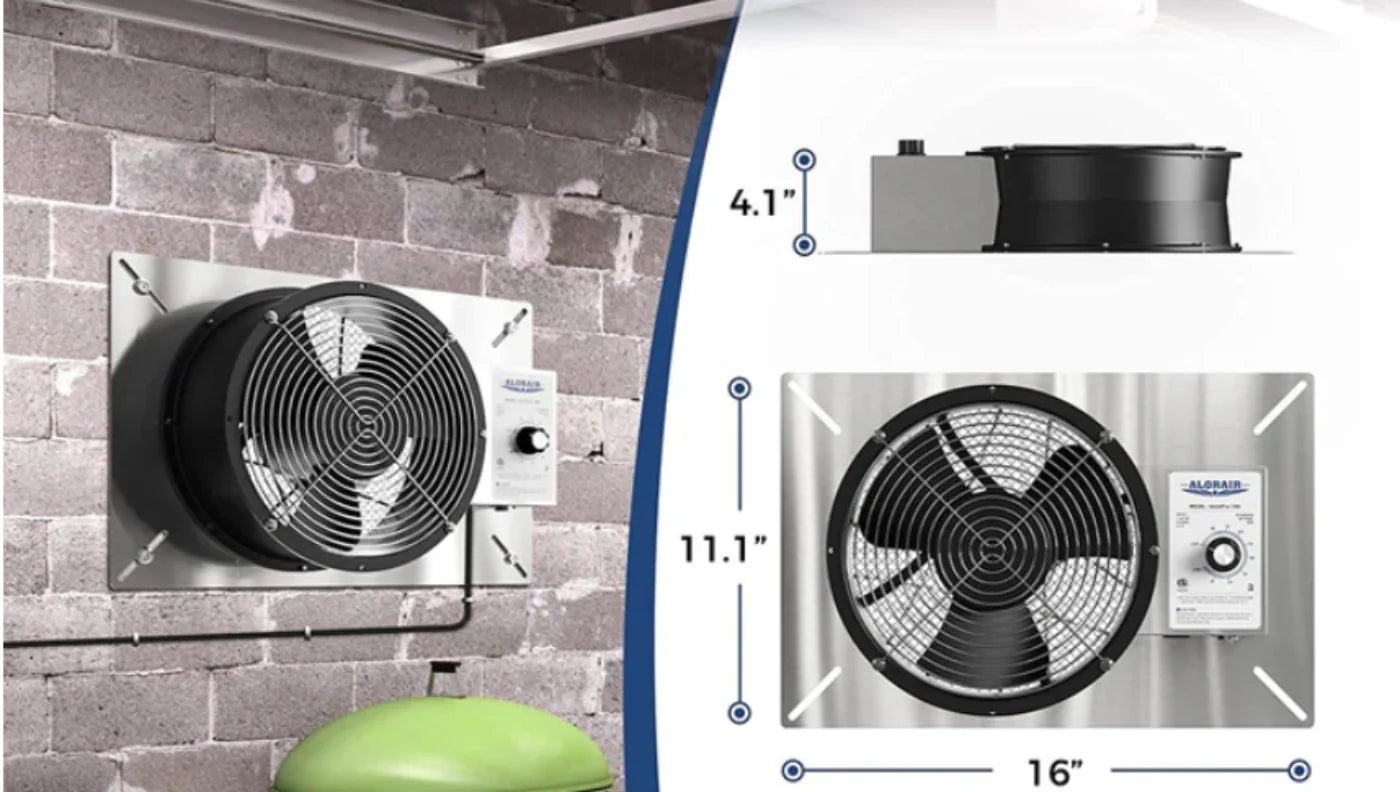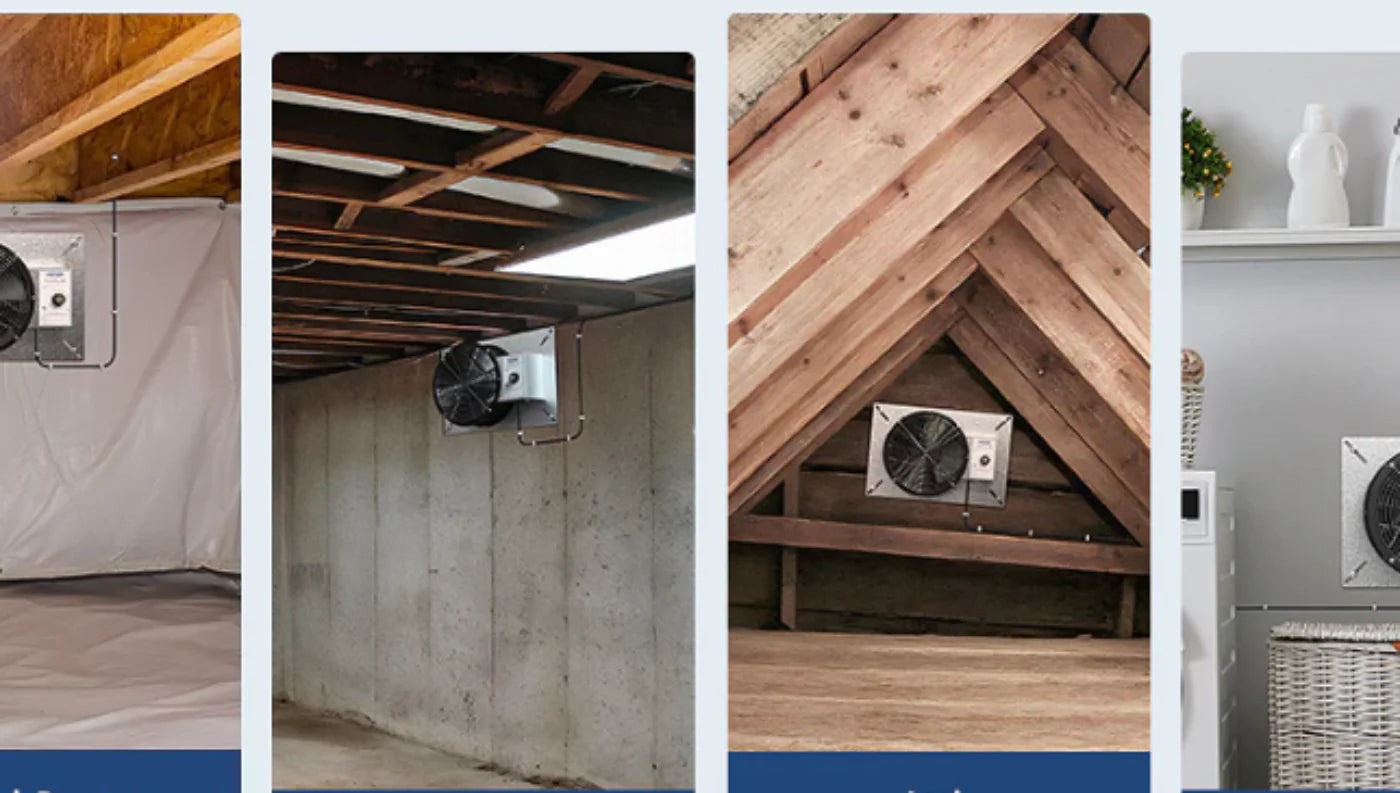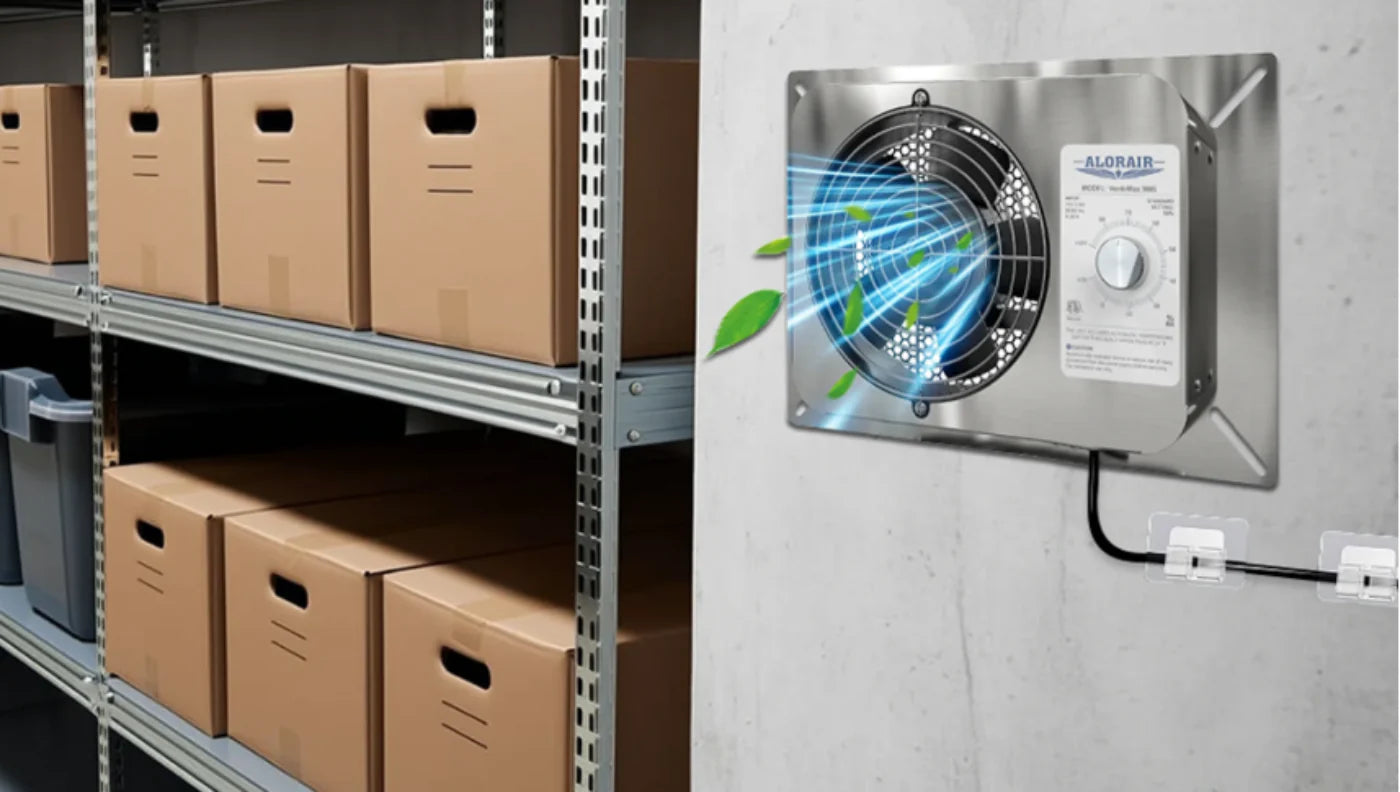If you’ve ever dealt with a heavy dehumidifier bucket or a tricky drain line, you’ll appreciate how much easier life gets with a Wi-Fi enabled dehumidifier that also has a pump built-in. With remote monitoring, app alerts and a built-in condensate pump, you can place the unit (crawl space, basement, remote area) and let it drain upward or across distance.
In this article we’ll explain why the “Wi-Fi + pump” combo matters, what features to check, and review some top models. We’ll also cover drawbacks, so you know what trade-offs you’re making.
Why Choose a Wi-Fi Dehumidifier with Pump
Dehumidifiers with built-in pumps solve several common pain points:
- Remote drain capability: The pump allows you to send condensate water up and out, rather than relying on gravity drainage alone. That’s ideal in crawl spaces, basements with no nearby floor drain, or far-away sump pit. (For example, one model says “heavy-duty condensate pump… water pipe length 19.6 ft” for upward drainage).
- Wi-Fi monitoring & control: You can check humidity readings remotely, receive alerts (tank full, pump failure, connectivity issue), adjust set-point, and integrate into a smart home. According to AlorAir’s site: “WiFi app connection … allows users to remotely manage their dehumidifier via a dedicated app on their smartphone or tablet.”
- Combined convenience: When you pair the drainage pump + smart control, you install once, set it, and largely forget it—unless a true issue arises.
- Better for hard-to-reach locations: Crawl spaces, attics, long drain runs, remote basements all benefit.
Key Features to Compare
When picking a Wi-Fi dehumidifier with pump, check the following:
- Pump lift/height: How far can the condensate pump lift water? Some units specify “19.6 ft up” or similar drain head capacity.
- Drain hose length included: Ensure manufacturer includes a sufficiently long hose or specify drain routing.
- Wi-Fi/app features: Does the unit send alerts (tank full, fault codes, leak)? Does the app allow set-point adjustment? How reliable is the connection? AlorAir notes two apps for different manufacture dates.
- Capacity & space size rating: Ensure the unit’s “pints/day” or “PPD” (pints per day) rating matches or exceeds your space size and moisture load. For example, a unit rated 70 pints for up to ~1,000 sq ft.
- Built-in defrost, durability, warranty: In basements/crawl spaces you want durability, defrost for lower temps, good warranty (AlorAir offers 5-year limited) and service access.
- Smart home integration: Compatibility with Alexa/Google/IFTTT may matter if you already have a smart home ecosystem.
Top Models (Descriptions + Pros & Cons)
Here are some strong options. You should check local availability, shipping to Bangladesh (if relevant), and electrical compatibility (voltage/frequency) before purchase.
Model A: AlorAir Sentinel HD35P WiFi

Description: This unit is a Wi-Fi crawlspace dehumidifier, ~70 pints saturated removal, includes a built-in pump, covers up to ~1,000 sq ft according to spec.
Advantages:
- Smart app control + pump built-in
- Compact footprint—good for crawl spaces
- Upward drainage possible thanks to pump lift
- Good value given features
Disadvantages:
- Lower capacity than large space models, so if your space is bigger or high moisture load, may run often
- Because it’s for smaller space, may not have all heavy-duty components and may reach limits sooner
Best for: Crawl spaces, small basements, or remote out-of-the-way areas with drainage challenge.
Model B: AlorAir Sentinel HDi90 WiFi

A WiFi-enabled model with built-in condensate pump and high removal capacity (for larger space). From listing: “Wi-Fi … heavy-duty condensate pump …”
Advantages:
- Higher capacity for larger areas or more demanding moisture loads
- Built-in pump eases drain routing
- Smart control + alert capability
Disadvantages:
- Higher cost
- Larger size physically, may be more complex to install
- May require stronger electrical circuit depending on specs
Best for: Larger basements, whole houses with basement/crawl moisture, owners looking for remote monitoring and robust drain capability.
Model C: AlorAir Storm Pro Smart WiFi + Pump

While this one is a more commercial grade, it still appears in the Wi-Fi category with built-in pump: “Smart WiFi Dehumidifier … Built-in Heavy Duty Pump” for homes/basements.
Advantages:
- Very robust build, high capacity
- Built-in pump handles challenging drainage
- Smart app connectivity ensures you can monitor remotely
Disadvantages:
- Overkill for smaller spaces; cost and size may be excessive for average home
- Possibly more maintenance required for heavy-duty componentry
Best for: When you have a very moisture-challenged area, e.g., flood-prone basement, large workshop, or large home needing serious dehumidification.
Which One Should You Pick?
Your choice depends on three primary factors: space size + moisture load, drain routing complexity, and desire for smart connectivity.
- If you have a modest crawl or basement (<1,000-1,500 sq ft) with drainage that rises or goes a distance, pick a compact Wi-Fi + pump model like the HD35P WiFi.
- If you have a larger space (basement + crawl + lots of water sources) or you want more headroom, go for something like HDi90 WiFi.
- If your area is high risk (flood zone, very humid climate, slab/crawl combined) or remote install with drainage challenge, a heavy-duty model like Storm Pro may be justified.
Always check that the pump lift is sufficient for your routing: e.g., if you need to send condensate up to a window well or plumbing stack 10-15 feet above the unit, ensure the model supports that head height.
Also make sure your Wi-Fi signal is strong in the installation spot; if not, use a Wi-Fi extender so you don’t lose connectivity and alerts.
Concerns & Trade-Offs
While Wi-Fi + pump units are very convenient, there are a few things to keep in mind:
- Higher upfront cost: Built-in pumps and WiFi modules cost more than basic bucket-units or gravity-drain models.
- Dependence on Wi-Fi/cloud: If your network fails or the manufacturer’s cloud service has issues, you may lose some remote features (though the unit should still operate locally).
- Maintenance: Pumps need occasional inspection (check for clogging, check the check-valve, ensure the hose is clear). Wi-Fi units may require occasional firmware updates.
- Drain infrastructure still required: Even with a pump, you need safe routing of the hose (to the outside, floor drain, sink). Incorrect or blocked routing reduces performance.
- Noise / vibration: Some higher-capacity units with pump may produce more vibration or sound—ensure placement is acceptable.
Frequently Asked Questions
What is a Wi-Fi dehumidifier with pump?
It’s a dehumidifier that includes both (a) a built-in condensate pump allowing drainage upward or long distance, and (b) Wi-Fi connectivity so you can monitor and control it remotely from an app.
Why is the pump important for remote drain?
In many basements, crawl spaces or locations there is no convenient floor drain nearby, or the drain might be higher than the unit. A pump lets you send condensate up or across to a safe drainage point. Without a pump the unit might have to rely solely on gravity.
Does Wi-Fi matter?
Yes, in many installations. With Wi-Fi you can check real-time humidity, set alerts if humidity rises or drops, see if the pump is draining properly, and adjust set-points without walking into a dark basement or crawl space. It adds convenience and peace of mind.
What size should I choose?
Match the unit’s “pints per day” or “coverage area” to your space size and moisture load. For smaller spaces (<1,000–1,500 sq ft) a 70-pint class model may suffice; for larger basements or whole-home use pick larger capacity. Always account for higher moisture loads (many bathrooms, laundry, open windows, humid climate).
Are there any installation issues with pump units?
You still must ensure the pump’s head height (how far it can push water up), check hose routing, ensure hose termination is safe, ensure the unit is level or stable, check electrical requirements, and verify Wi-Fi coverage. Also maintain the pump assembly annually (some sediment may collect in the sump/pump path).
Conclusion
If you’re ready to make your dehumidifier smarter and installation easier, a Wi-Fi dehumidifier with pump is the way to go. It solves the drainage headaches that many people face, and adds remote monitoring so you can stay ahead of moisture problems rather than reacting.
Among the models reviewed, the AlorAir Sentinel HD35P WiFi offers excellent value for smaller spaces. If you have a larger or tougher environment, the HDi90 WiFi or Storm Pro build deliver higher capacity and built-in pump reliability.
What matters most is matching capacity to your space and moisture load, ensuring the pump can handle your drainage route, and setting up reliable Wi-Fi connectivity. When all that is in place, you’ll have a dehumidifier working quietly in the background—monitorable and controllable from your phone—keeping your space dry, protected, and comfortable year-round.




